Fae Farm Review
I Just Want My Cozy Vibes
Cozy vibes are all the rage, especially as we settle into fall weather. There is something about lighting candles, making fresh baked goods, and pulling on a soft and warm sweater. Phoenix Labs’ Fae Farm is a game that wishes to capitalize on the concept of “cozy” as a competitor to life sims such as Stardew Valley and Story of Seasons. While Fae Farm offers some great ideas on updating the farming sim formula, it struggles to figure out the type of game it wants to be and whom it is for.
Stepping into the fantastical world of Azoria, players are whisked away to a new farmstead full of magic and wonder. However, Azoria has been showing signs that the fairy spirits are all out of whack, and the player has been tasked with befriending these spirits so that natural disasters can stop occurring across the land. On top of assisting the residents of Azoria with their tasks, players farm, craft, dungeon-crawl, and decorate their way through the game to hone in on the cozy vibes.
From the get-go, there are tons of customization options for the player character. Phoenix Labs has created a plethora of options that also are incredibly inclusive, from selecting pronouns to the inclusion of hijabs. Moreover, many of the game’s various NPCs are diverse, as there is the inclusion of characters who are physically disabled, or even have a learning disability. The developer has gone out of its way to make it feel like anyone and everyone can be included in the world of Azoria, and for that it deserves plenty of praise.
Fae Farm wants to be all about comfort and coziness; unfortunately, it is anything but. The story is pretty barebones, especially when comparing it to other farming-sim titles such as Stardew Valley or Story of Seasons. It doesn’t help that the NPC dialogue is very inane, with each NPC only open to discussing the one thing they are seemingly obsessed with. The NPCs are so one-note that it makes them unappealing to chat with, let alone pursue marriage. Given how banal the marriage candidates are, players are better off staying single. There’s just no depth in dating any of the characters in the game because their problems are very one-sided and there’s no alternative on the player’s end to do anything other than sit and listen.
On the same note, doing quests for NPCs is such a bore. There are multiple types of quests including main story, shipping orders, sidequests, and job-specific quests, each netting some fairly basic awards. Money is difficult to come by at the beginning of the game, but doing any tasks for townspeople doesn’t net players much in useful rewards either. Much of the game consists entirely of fetch quests, with some crafting on the side for “variety.”
It isn’t until players begin to unlock product makers that money becomes easier to acquire. However, makers have their own problems, requiring frequent monitoring while players have to constantly go back and forth to feed them items to make new products. Makers are not a good method for player engagement, and while it’s great that there are a variety of items to craft, a lot of the finished products are not worth much money. While it makes crafting more efficient, it’s also more hands-off, which doesn’t fully support the cozy farming fantasy.
There are some unique ideas to farming, but it’s half-baked as well. Interesting elements include the ability to transform crops into different ones, and different types of soil bed changing the results of the harvest. One welcome element is the fact that the game will automatically switch tools for the player based on the task they are attempting to complete, and mana can be used to assist in tasks such as watering larger areas of the garden or hitting multiple ores and rocks at once. It does become a bit awkward when too many items are grouped together; the game will assume which tool the player will want to use even if it’s not the one they want to use at that moment.
It’s strange that farming isn’t the main focal point in a game called Fae Farm. With three dungeons to explore, farming takes a backseat, and players are forced to climb twenty-five floors in each dungeon, hoping they don’t die while collecting resources. Combat in Fae Farm is not well constructed. Hit detection for the magic wand players wield is not very good, and many enemies are surprisingly vicious. Players have access to potentially useful spells, such as a charm that can briefly stun enemies, but the effects don’t last long. Moreover, it’s also very easy for the game to accidentally switch to a tool during combat instead of the wand when next to craftable items, giving the enemy a free hit. Even worse is that to open the door to the next floor, players will have to perform a mundane task such as keeping a fire orb on their backpack lit and finding its pedestal. Once they have worked through a floor, they can find out which kind of seal needs to be made to keep the door open, and once that task is complete and seals are made, players will be able to teleport between floors that have seals with ease. It’s a foolish system that comes with the boredom of collecting ore, going back to the farm to craft a seal, and then repeating the task over and over. It’s not intuitive nor is it engaging. While there is a boss at the end of the dungeon, players are instead befriending the spirit that lurks in the dungeon, and what they often want is merely to be fed. It’s a cute concept until one realizes it’s another lengthy fetch quest.
The one area where Fae Farm surprisingly achieves the cozy feeling it’s aiming for is in how players increase their stats. Players make furniture for their home, with each piece granting an increase in health, energy, or mana level. This is an interesting concept that encourages players to build items and furnish their homes. It also allows the player to mix and match their decor, and there are many options that can be made, purchased from vendors, or found throughout the world. Given players will receive multiple homes throughout their playthrough, it’s important to furnish each one to continue to boost one’s stats.
Fae Farm‘s musical offerings are strong. There’s a variety of tunes that add a lot of personality to the world, each with track being a cozy jam. Many of the tracks give a feeling of being whisked away to a fantastical land, which fits with the game’s visuals. The voice acting in the game is quite minimal, mostly harmless, and neither adds much to the experience nor hinders it. Visually the game is vibrant, though there are noticeable slowdowns, particularly in dungeons where the game struggles to have tons of items and enemies on screen at once. Even so, the visuals do a good job of making Azoria look and feel warm and welcoming.
I wanted to love Fae Farm, but honestly, the full package was mostly disappointing. It is a game that tries to compete with the popular farming sims, but never quite does enough to stand on its own feet. While there are kernels of good ideas, they are marred by questionable design choices, with quests and goals that never feel satisfying. I am all for the coziness revolution, but Fae Farm, unfortunately, feels anything but.


Diverse and inclusive characters
Automatic tool change is a nice touch
Tons of cozy décor options
Terrible combat and hit detection
All NPCs are one-note
Cozy activities such as farming are unsatisfying
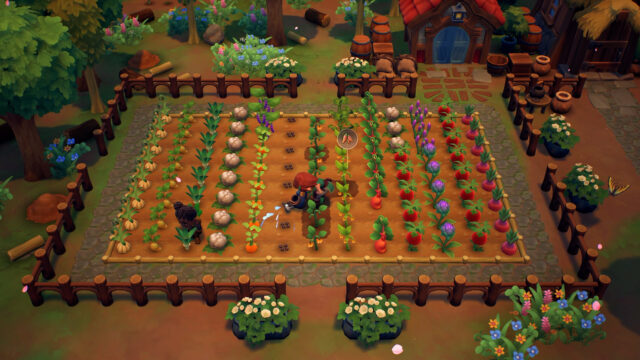
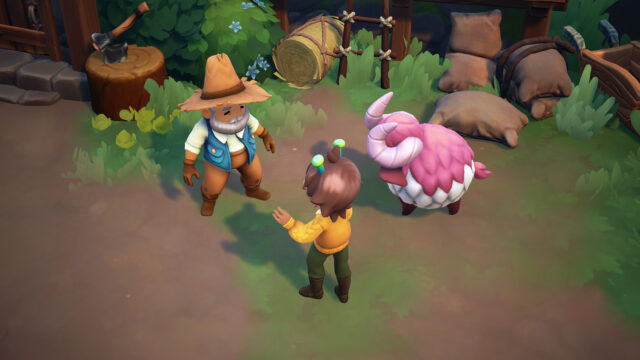

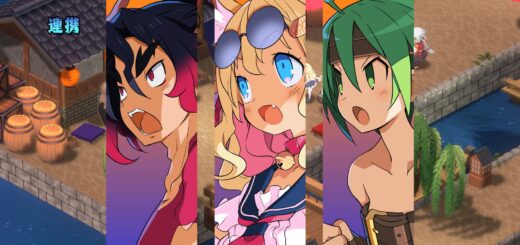
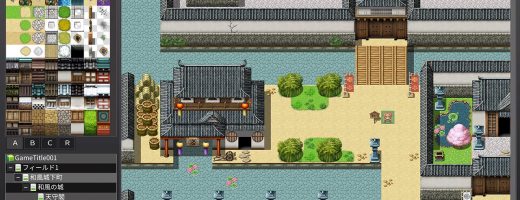
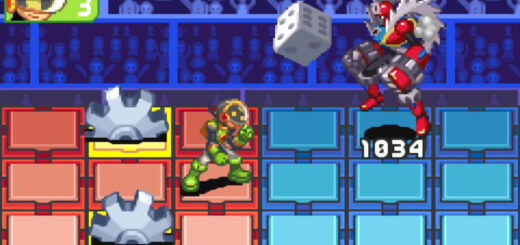



Recent Comments